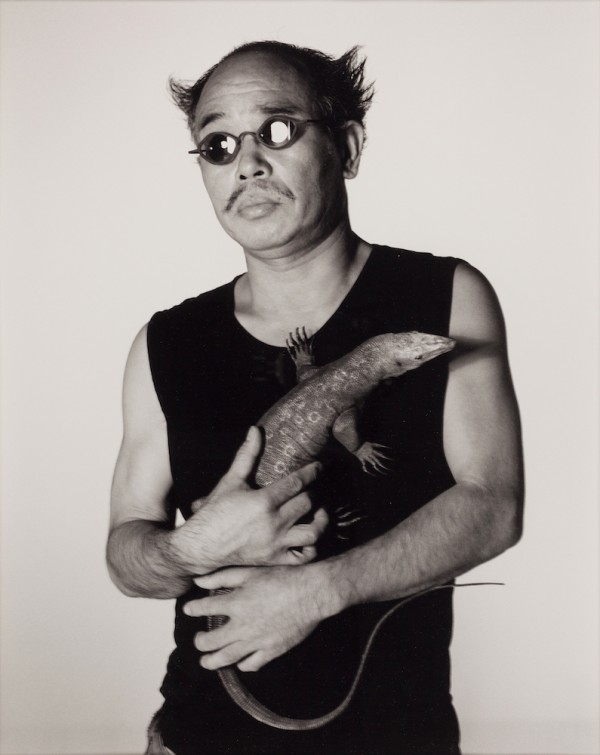Book tip: The Books of Nobuyoshi Araki
Book tip: The Books of Nobuyoshi Araki
Nobuyoshi Araki
July 23, 2021
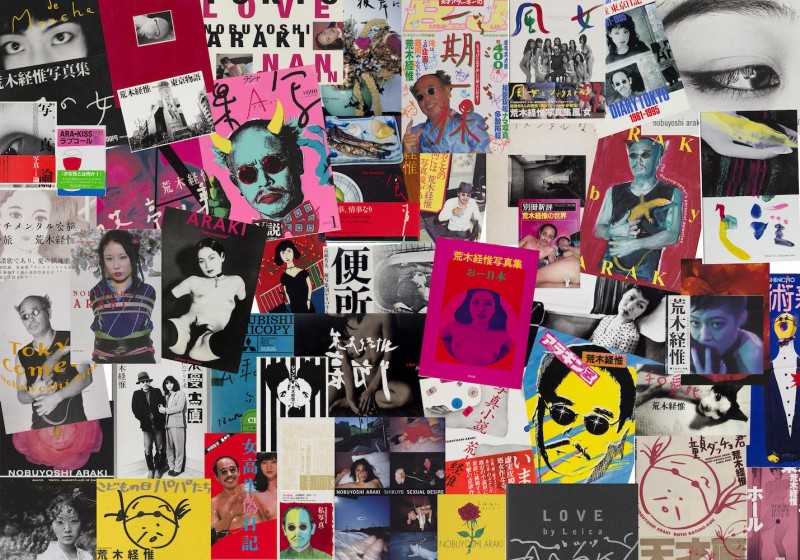
Araki Books-Cover 1970–2020 © Nobuyoshi Araki, courtesy Fotosammlung OstLicht
Photo books assumed a central position in Araki's body of work. Consequently, his publications represent a common thread running through the WestLicht and OstLicht shows. On the occasion of his 80th birthday, for the first time and in close collaboration with the artist, the Westlicht exhibition, titled ARAKISS, presents photographs from his recent 2020 series, Paradise. The large-format still-lifes are displayed within the context of publications and works covering six decades. Recurring themes are revealed in a lifetime of work, such as Araki's obsessive preoccupation with sexuality and death, the blending of documentary and fictional narratives, and also, his confrontations with censorship.
The number of Araki's publications is virtually beyond count. The Ostlicht exhibition offers an impressive and informative overview, and presents over 300 volumes from the Ostlicht Collection. The exhibition highlights how the the medium of photography and the medium of books complemented each other perfectly in Araki's work. Many of his books are now coveted collector items. In the publication accompanying the display, photo book expert Michael Reitter-Kollmann provides an excellent guide to understanding the work, and offers a synopsis of the most striking volumes created between 1970 and 2020. “With his intuitive reflections on a possible visual language and on the narrative structures of a visual grammar for photography, Araki can be counted among the pioneers of the iconic changes to seeing that first emerged in the 1990s,” Reitter-Kollmann explains. “With his vocabulary, he has clearly enriched the transition from a society oriented towards writing to one oriented towards images.” Even though, graphically speaking, the book is rather plain, its meticulousness and detailed knowledge makes it indispensable for any collector. Furthermore, it offers every person interested in photography a deeper understanding of the artist's approach to his work, and represents an important building block for photographic history and research. (Ulrich Rüter)
The Books of Nobuyoshi Araki
Published by Michael Reitter-Kollmann and Peter Coeln
Ostlicht Photo Collection, Vienna
Edition: 500 copies, 96 pages, numerous colour and black and white pictures.
22 x 28.5 cm, German/English
Ostlicht
The Nobuyoshi Araki ARAKISS exhibitions remain on display at Westlicht and Ostlicht until August 1, 2021.
© 2021 pictures: Peter Coeln, OstLicht Photo Collection, Vienna
Nobuyoshi Araki+-
was born in Tokyo on May 25, 1940. His father was an enthusiastic amateur photographer, who gave him his first camera when he was twelve years old. After studying Photography and Film at the Chiba University of Tokyo (1959–64), Araki went to work for Dentsu, the largest advertising agency in the country. In 1972, he began to dedicate himself exclusively to photography. His provocative images ensured that he gained rapid fame in Japan, and the whole world followed. Various models of Leica cameras are among his favourites. Over six decades, he has produced a plethora of photographs, books and films. He remains one of Japan's most significant and productive photographers. More

Araki Books-Cover 1970–2020 © Nobuyoshi Araki, courtesy Fotosammlung OstLicht
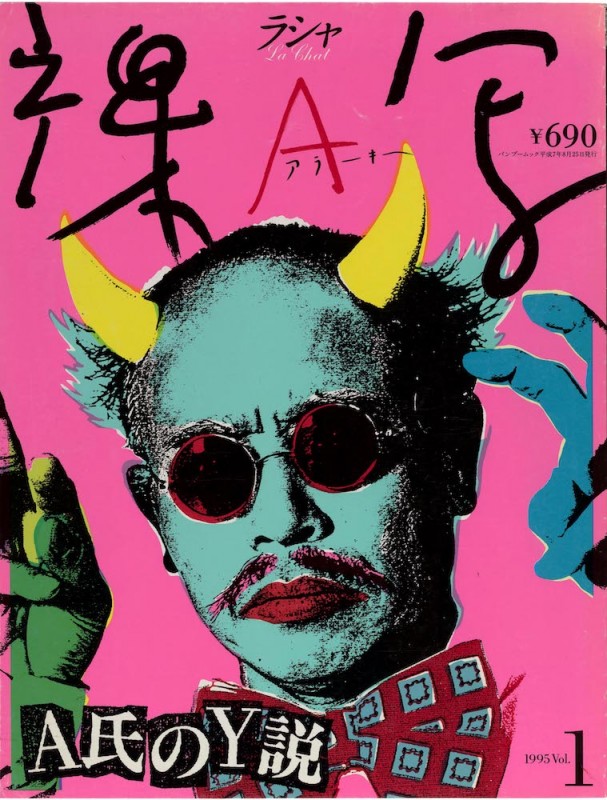
La Chat Photo Magazine, Vol. 1, August 1995 © Nobuyoshi Araki, courtesy Fotosammlung OstLicht
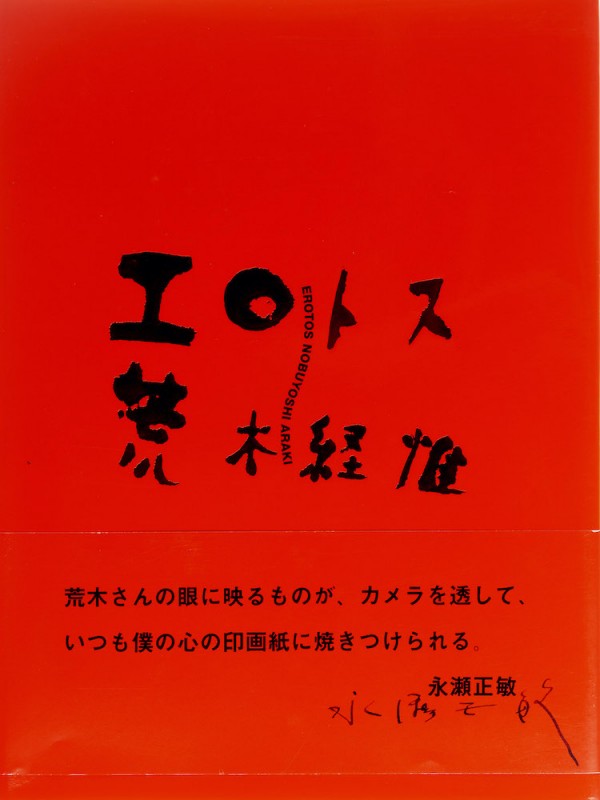
Erotos, 1993 © Nobuyoshi Araki, courtesy Fotosammlung OstLicht
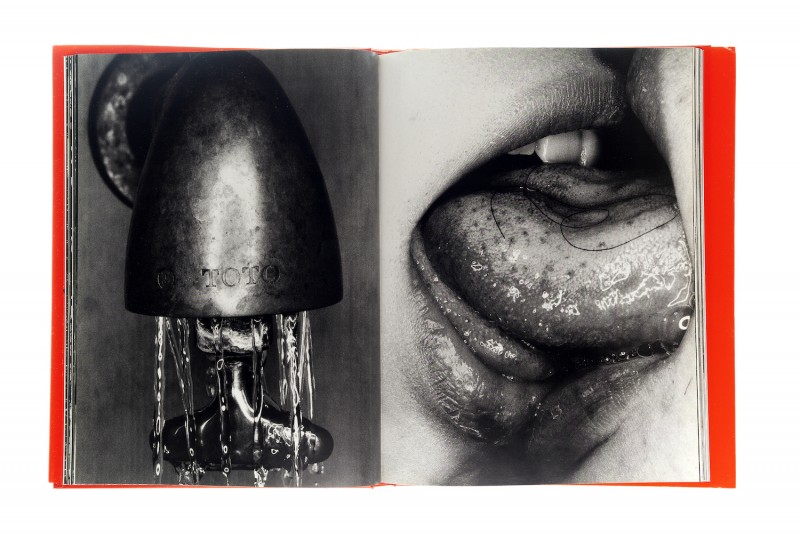
Erotos, 1993 © Nobuyoshi Araki, courtesy Fotosammlung OstLicht
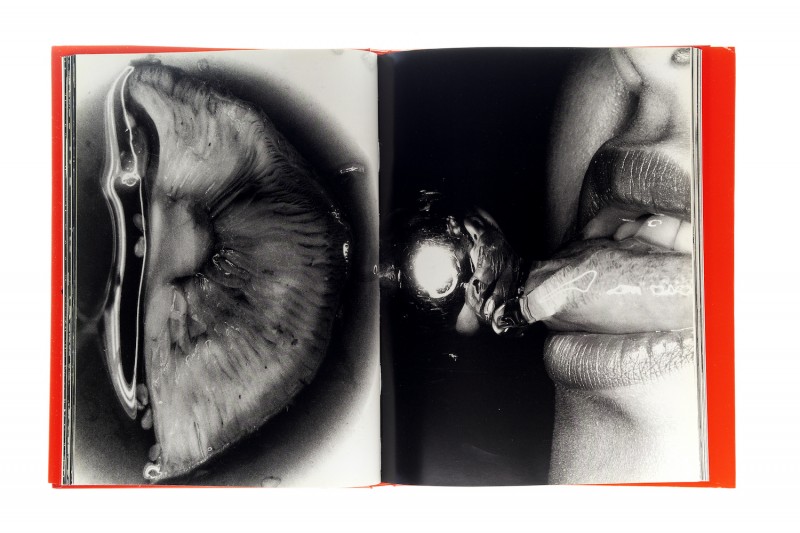
Erotos, 1993 © Nobuyoshi Araki, courtesy Fotosammlung OstLicht
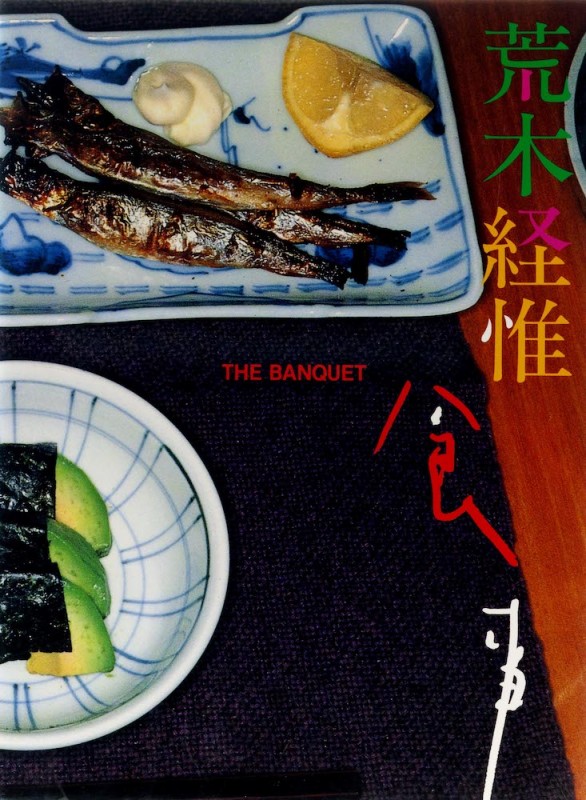
The Banquet, 1993 © Nobuyoshi Araki, courtesy Fotosammlung OstLicht
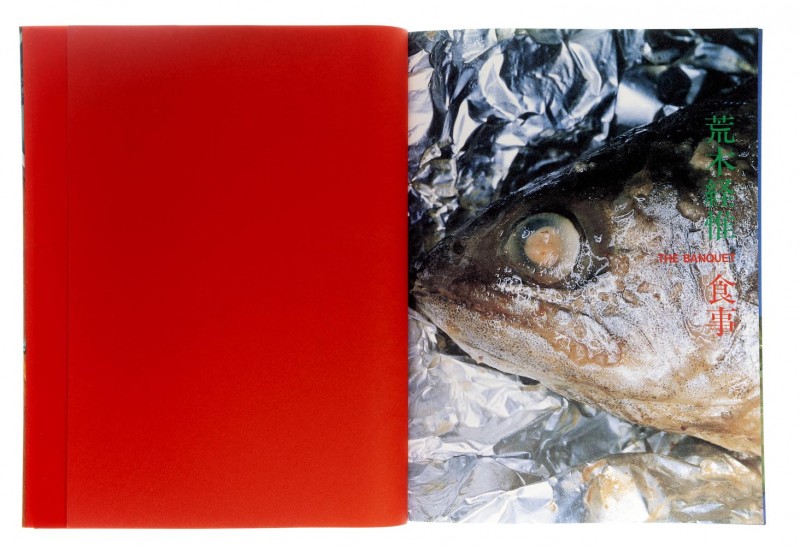
The Banquet, 1993 © Nobuyoshi Araki, courtesy Fotosammlung OstLicht
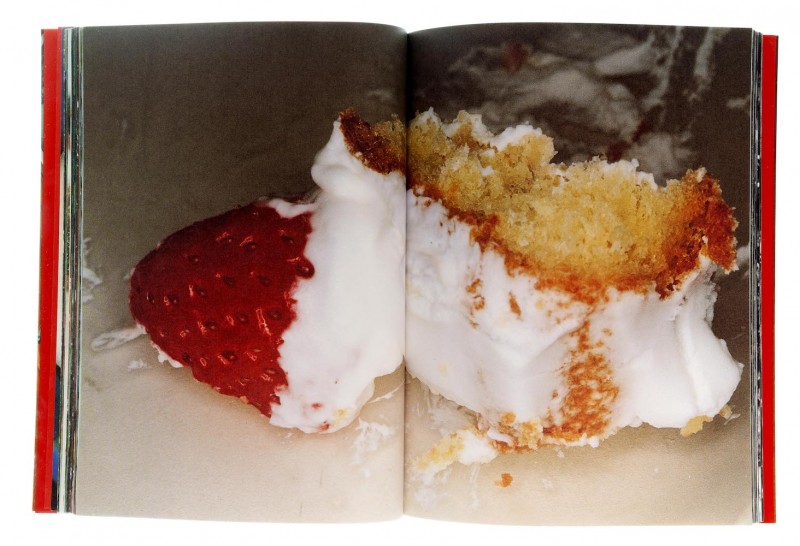
The Banquet, 1993 © Nobuyoshi Araki, courtesy Fotosammlung OstLicht
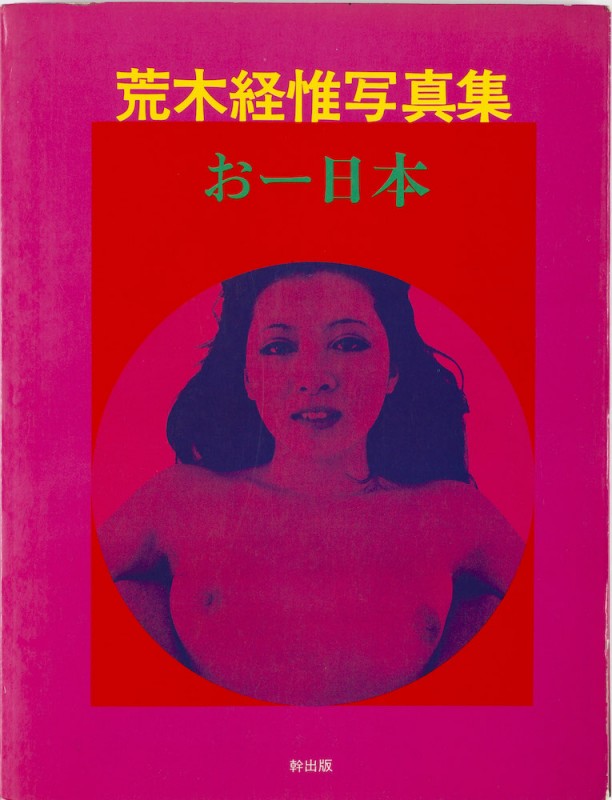
Oh Nippon, 1971 © Nobuyoshi Araki, courtesy Fotosammlung OstLicht
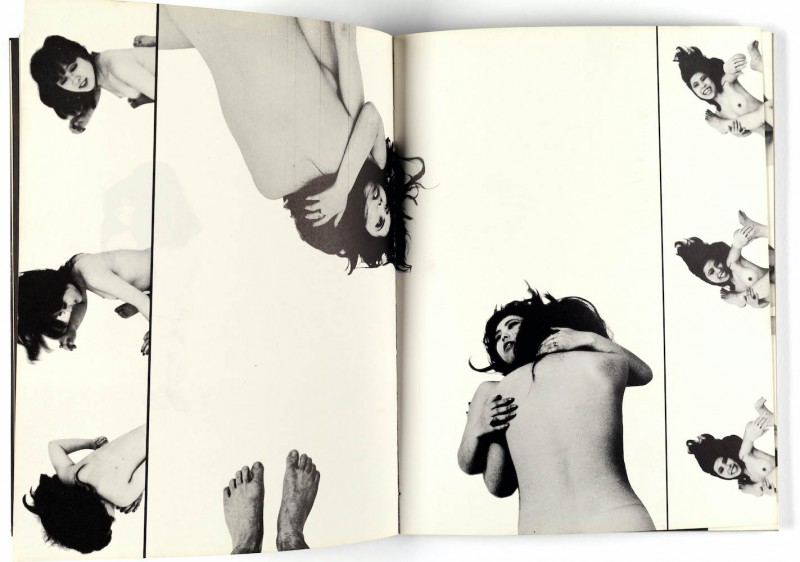
Oh Nippon, 1971 © Nobuyoshi Araki, courtesy Fotosammlung OstLicht
